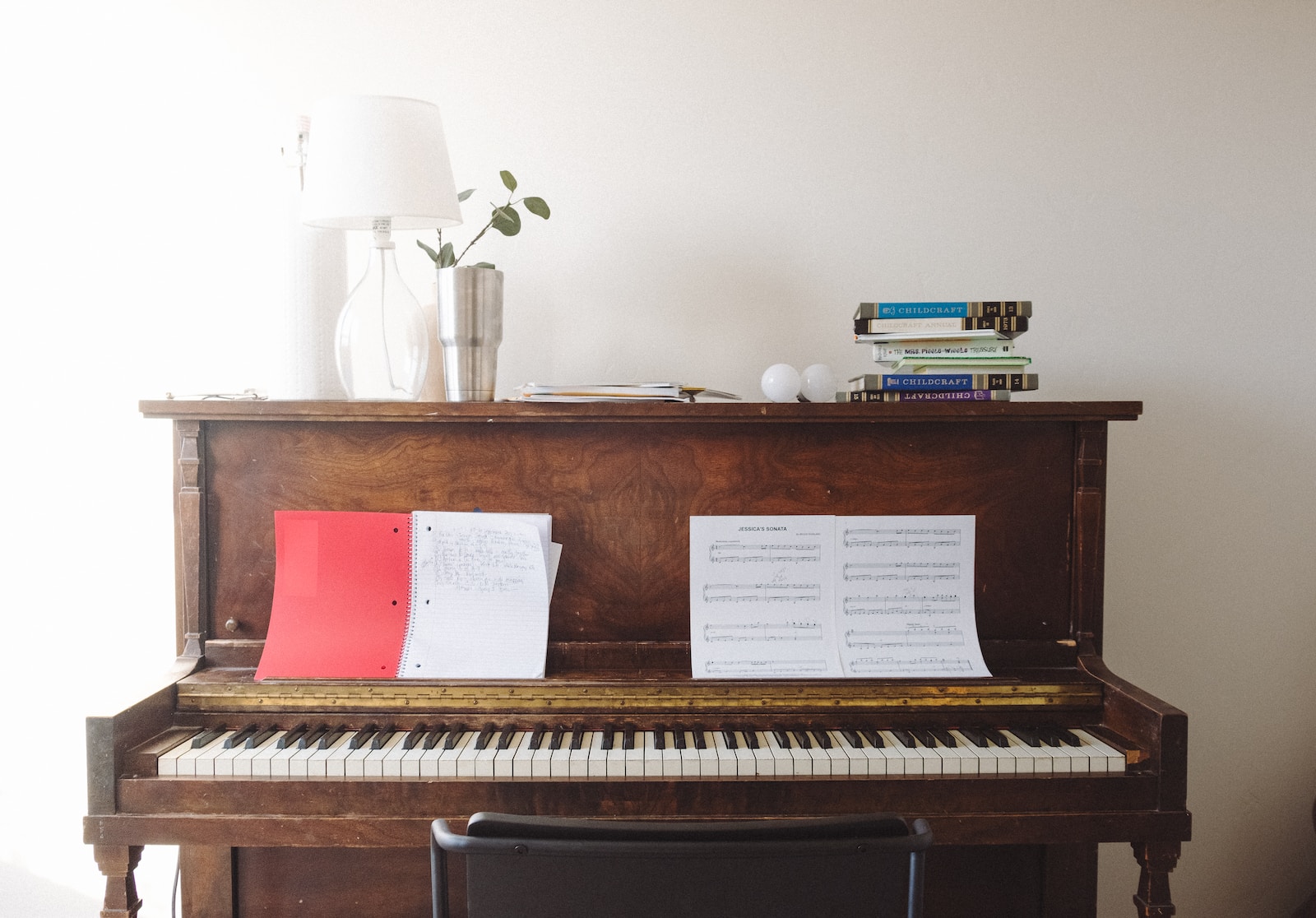 Upright pianos and grand pianos are two of the most common types of pianos. While they are both used to play music, there are some significant differences between them in terms of design, sound, and functionality.
Upright pianos and grand pianos are two of the most common types of pianos. While they are both used to play music, there are some significant differences between them in terms of design, sound, and functionality.
Design:
The primary difference between upright pianos and grand pianos is their shape and size. Upright pianos are vertical in shape, and the strings are arranged vertically, while grand pianos are horizontal, and the strings are arranged horizontally. Upright pianos are usually shorter and take up less floor space, while grand pianos are larger and take up more space. Grand pianos come in different sizes ranging from baby grands (less than 5 feet) to concert grands (over 9 feet).
Sound:
The sound produced by each type of piano is also different. Grand pianos are generally considered to have a richer, more resonant sound than upright pianos due to their larger soundboards, longer strings, and more complex design. Upright pianos, on the other hand, have a more compact design, which can result in a slightly brighter, more focused sound.
Functionality:
The way that the keys and hammers work in each type of piano is also slightly different. In an upright piano, the hammers move vertically when the keys are pressed, striking the strings from the side. In a grand piano, the hammers move horizontally when the keys are pressed, striking the strings from below. This can result in slightly different playing experiences and touch.

When they suit best
The choice between an upright piano and a grand piano depends on the needs and preferences of the musician. Upright pianos are usually less expensive than grand pianos and take up less space, making them a good choice for beginners or those with limited space. They can also be a good choice for playing certain genres of music, such as pop or rock, where a brighter sound is preferred.
Grand pianos are usually more expensive and take up more space, but they offer a richer, more complex sound that is often preferred by classical musicians or those playing more complex pieces. They can also be a good choice for performing in larger venues, as they have a more powerful sound and greater range.
In conclusion, both upright and grand pianos are capable of producing beautiful music, but they differ significantly in design, sound, and functionality. The choice between the two depends on the individual needs and preferences of the musician, as well as the type of music they plan to play and the environment in which they will be playing.










































































































